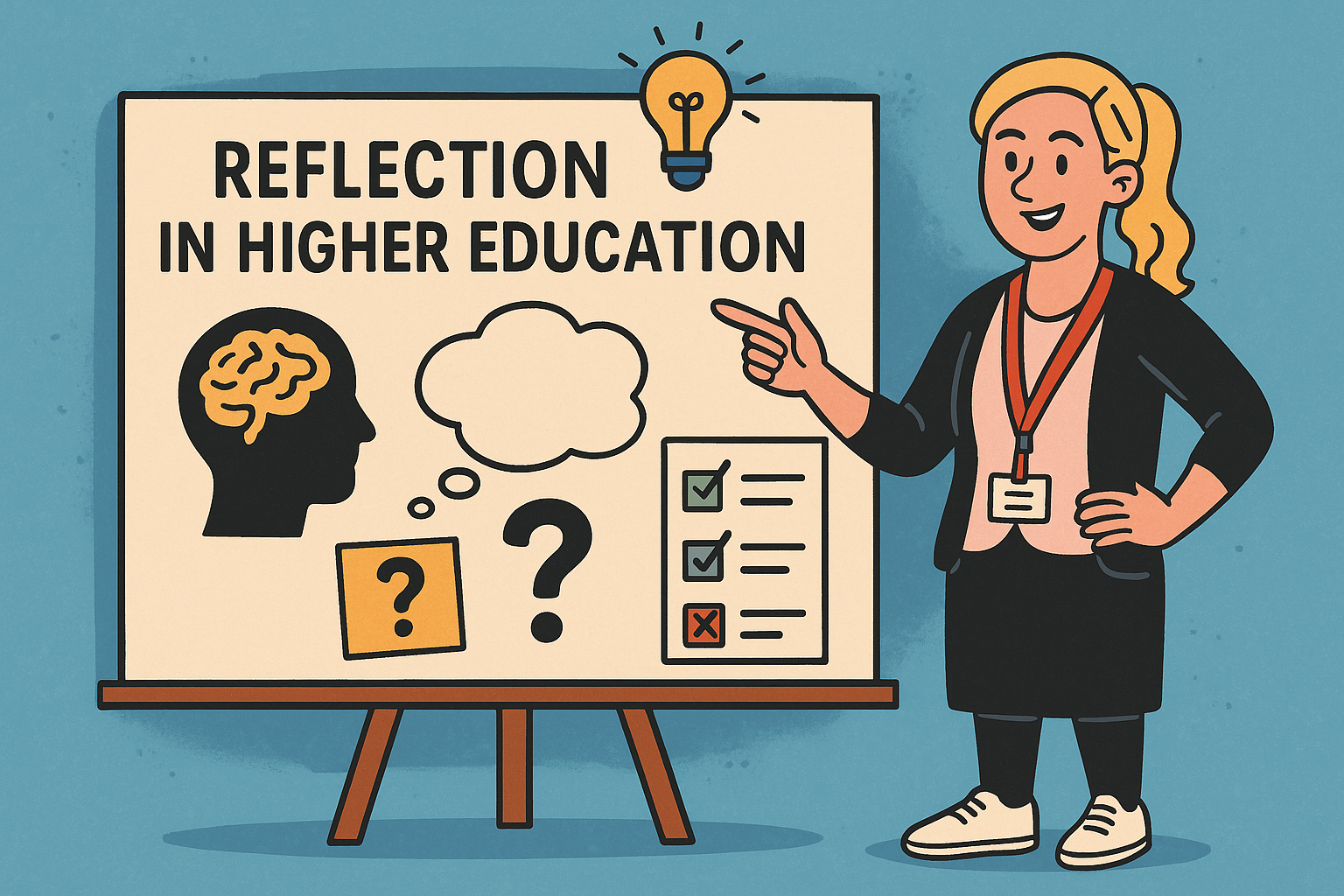

In today’s classrooms, emotional regulation is increasingly recognised as a cornerstone of effective learning and behaviour. In our role as teachers, we are not only educators but also emotional guides, helping pupils navigate the complex landscape of feelings, reactions, and relationships. This post explores practical strategies for developing pupils’ emotional regulation, with a focus on self-awareness, co-regulation, and responsive teaching.

Before we can support pupils, we must first understand what emotional regulation entails. Whilst more recent ‘buzz words’, Emotional and self-regulation, have been present in literature and research for over 20 years. According to Thompson (1994), it involves both intrinsic and extrinsic processes that monitor and modify emotional reactions to achieve goals. It’s about helping children manage “the emotions they have, when they have them, and how they experience and express them” (Gross, 1998).
Self-regulation, a related concept, refers to the ability to control thoughts, feelings, and actions in pursuit of personal goals (Zimmerman, 2000). In the classroom, this manifests as pupils being able to focus attention, manage stress, and engage positively with peers and teachers (Blair & Raver, 2015).
So how do we support pupils’ self-regulation? Emotional literacy is the foundation of regulation. The Education Endowment Foundation (EEF, 2021) defines Social and Emotional Learning (SEL) as the process through which children learn to understand and manage emotions, set goals, show empathy, build relationships, and make responsible decisions.
To teach SEL effectively:


These skills should be taught both in dedicated sessions and embedded across the curriculum—literacy, drama, PE, and history all offer rich opportunities.
Modelling and Reinforcing SEL
We all know that children learn from role models, and it is important that as teachers we follow the ‘do as I do’, not just the do as I say. By modelling the emotional behaviours we want pupils to adopt, including sharing when we are feeling a certain way and how it impacts how we think and feel, we can be key role models for the pupils. To support pupils, we can:
Group work and classroom discussions are ideal for reinforcing SEL through simple ground rules and reflective questioning.
Helping Pupils Name and Understand Emotions
One powerful strategy is helping pupils identify and name their emotions. This involves:
This process helps pupils build emotional vocabulary and understand that feelings vary across individuals and situations.
Scripting Responses to Dysregulation
When pupils become unable to self-regulate, scripted responses can help de-escalate and guide them back to regulation. A typical script might include:
These scripts can be adapted to the pupil’s age and context. For younger children, simpler language and more visual cues may be needed. Naming the emotion and identifying the behaviours is always important as it demonstrates that you understand how they are feeling.
The ‘Roots and Fruits’ Approach
When pupils regularly become dysregulated or are particularly ‘triggered’ by certain situations, the “Roots and Fruits” model can give us a useful perspective. It encourages us to look beyond surface behaviours (the fruits) and consider the underlying feelings and experiences (the roots). For example, a pupil’s aggression may stem from anxiety, trauma, or unmet needs.
By addressing the roots- through relationship-building, consistent routines, and emotional support- teachers can foster long-term behavioural change rather than short-term compliance. Are we supporting pupils’ behaviour or merely ‘managing it’?
Practical Classroom Strategies
To support emotional regulation in practice:
Final Thoughts
Developing pupils’ emotional regulation is not a one-off task- it’s a continuous process that requires patience, reflection, and intentional teaching. By embedding SEL into everyday practice, modelling emotional awareness, and responding thoughtfully to dysregulation, we can create classrooms where pupils feel safe, understood, and ready to learn.
As educators, we have the privilege and responsibility to nurture not just academic success, but emotional resilience. Let’s make it a priority.
References: